
Me
BSc Computer Science
MSc Multidisciplinary Informatics
PhD (Computational) Geography
Main Interests
Agent-based modelling
Crime analysis
Analysis of 'big' social data to learn about how cities work
Why visit SENSEable Cities?

World leader in understanding cities through novel data analysis
Find out how you interrogate cities through ‘big’ data
Collaborate on a particular case study area?
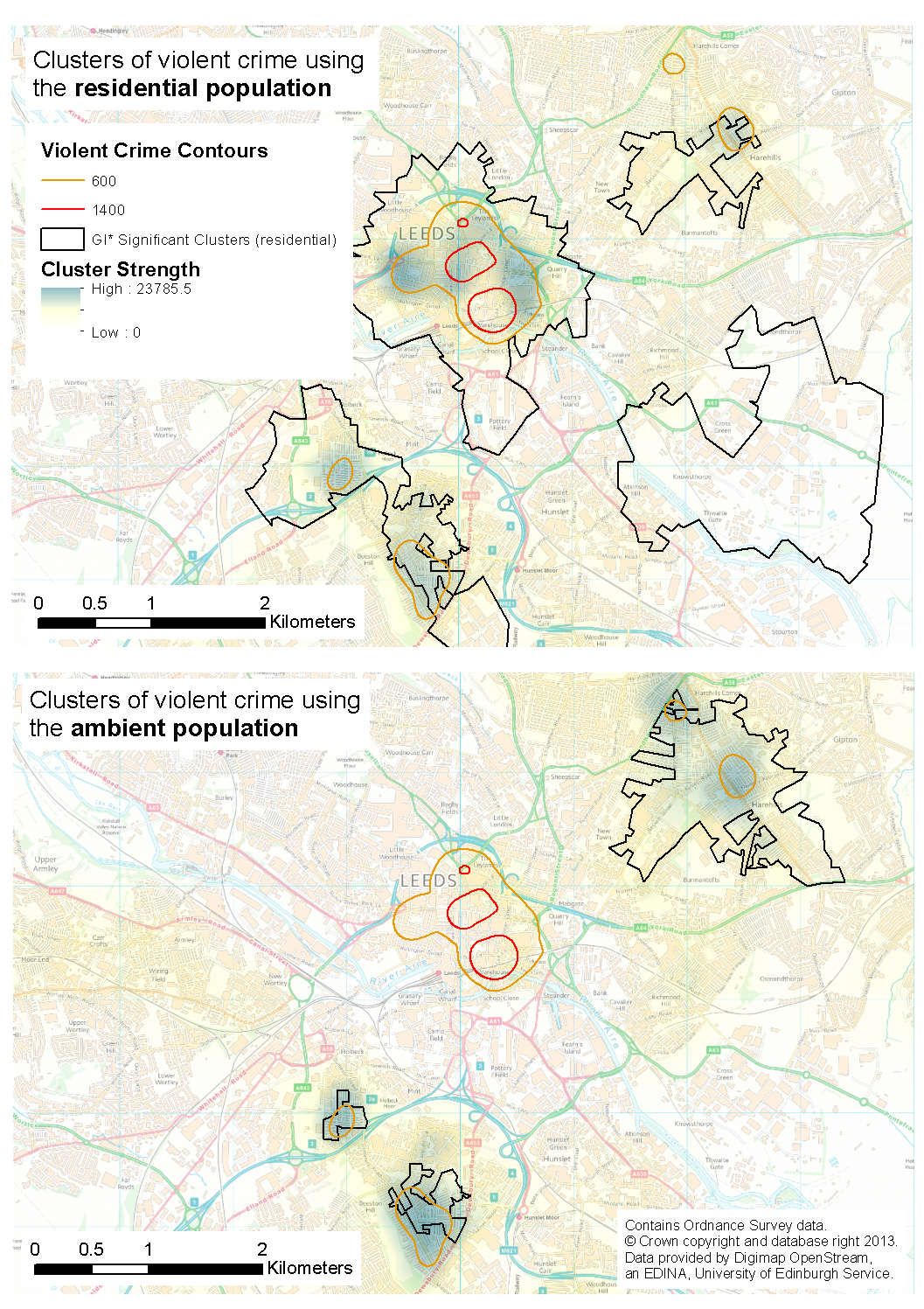
Context: Crime Analysis
Good crime data, but poor understanding about population-at-risk
Need accurate, high-resolution footfall estimates
Applicable to other critical areas, e.g. pollution
... more on this shortly ...
Agent-Based Modelling
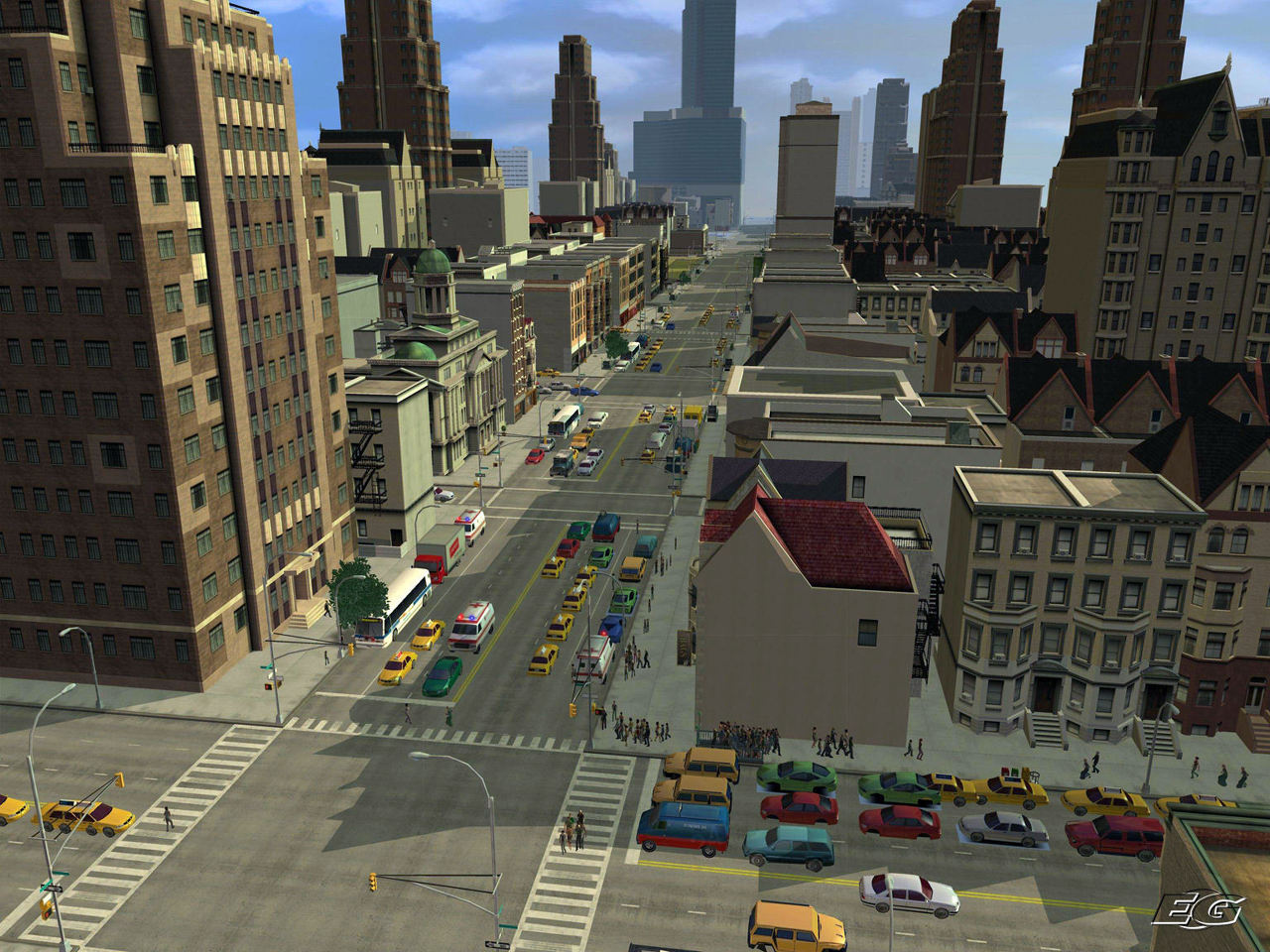
Autonomous, interacting 'agents'
Model phenomena from the 'bottom-up'
Advantages:
Modelling complexity, non-linearity, emergence
Natural description of a system
Bridge between verbal theories and mathematical models
History of the evolution of the system
Burglary ABM
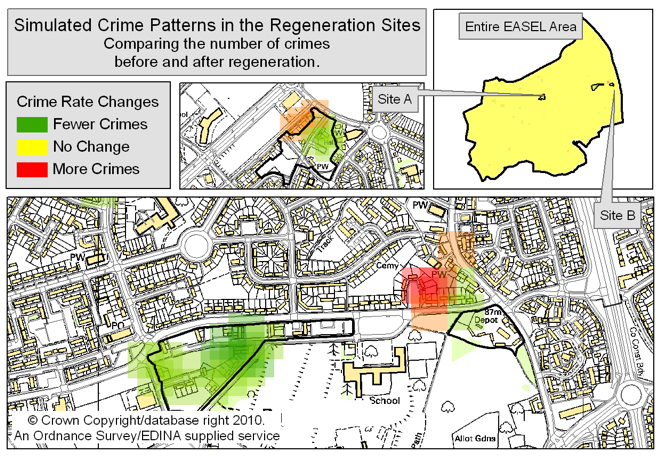
Agent-Based Modelling, Theory, Data
Natural description: Easy to incorporate social/behavioural theory
BUT: Need detailed, high-resolution, individual-level data
Advantages of model complexity and flexibility are tempered by the difficulties in finding suitable values for model parameters based on empirical evidence.
'Big' data can help (?)
Individual behaviour/actions from big data
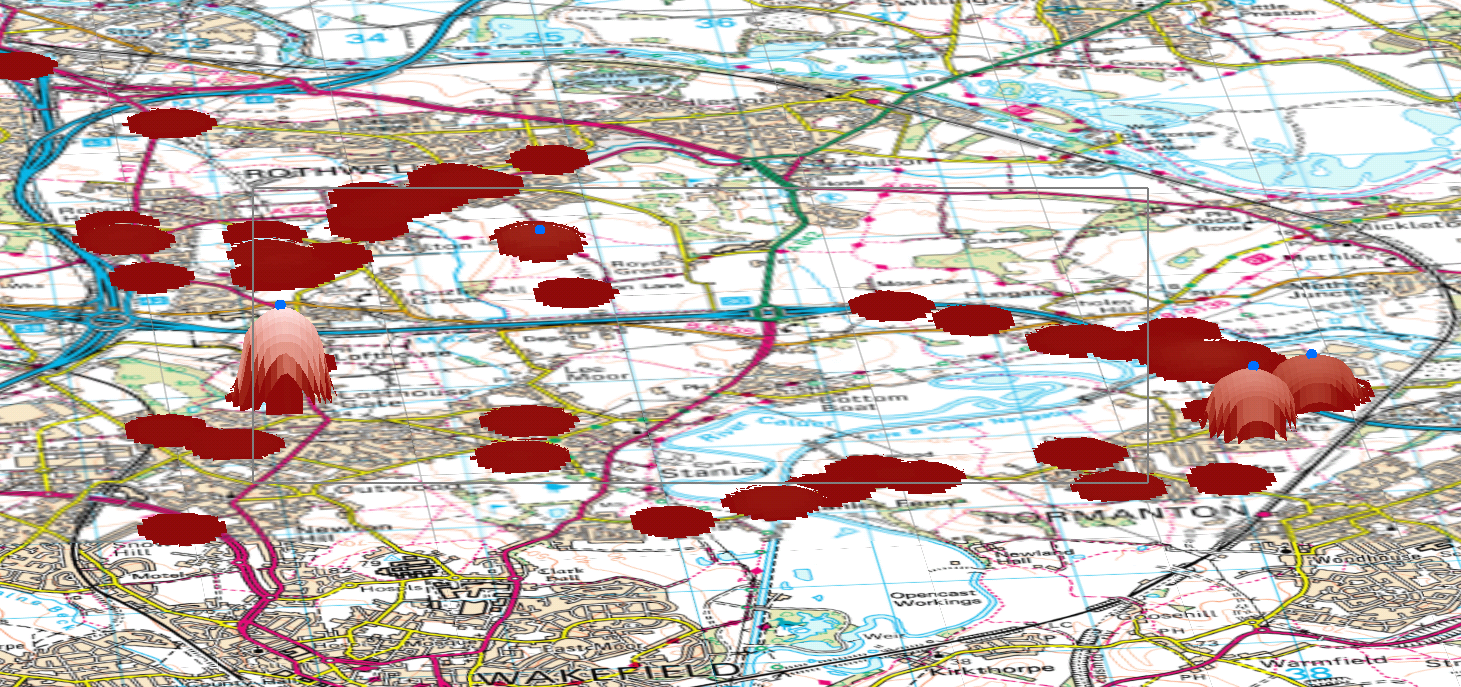
Simulating Urban Flows
3-year research fellowship, funded by ESRC (UK)
Build an agent-based simulation of daily urban dynamics
Calibrated using a combination of traditional sources (e.g. census) with dynamic, crowd-sourced data
New insights into urban mobility patterns and footfall estimates.
surf aims
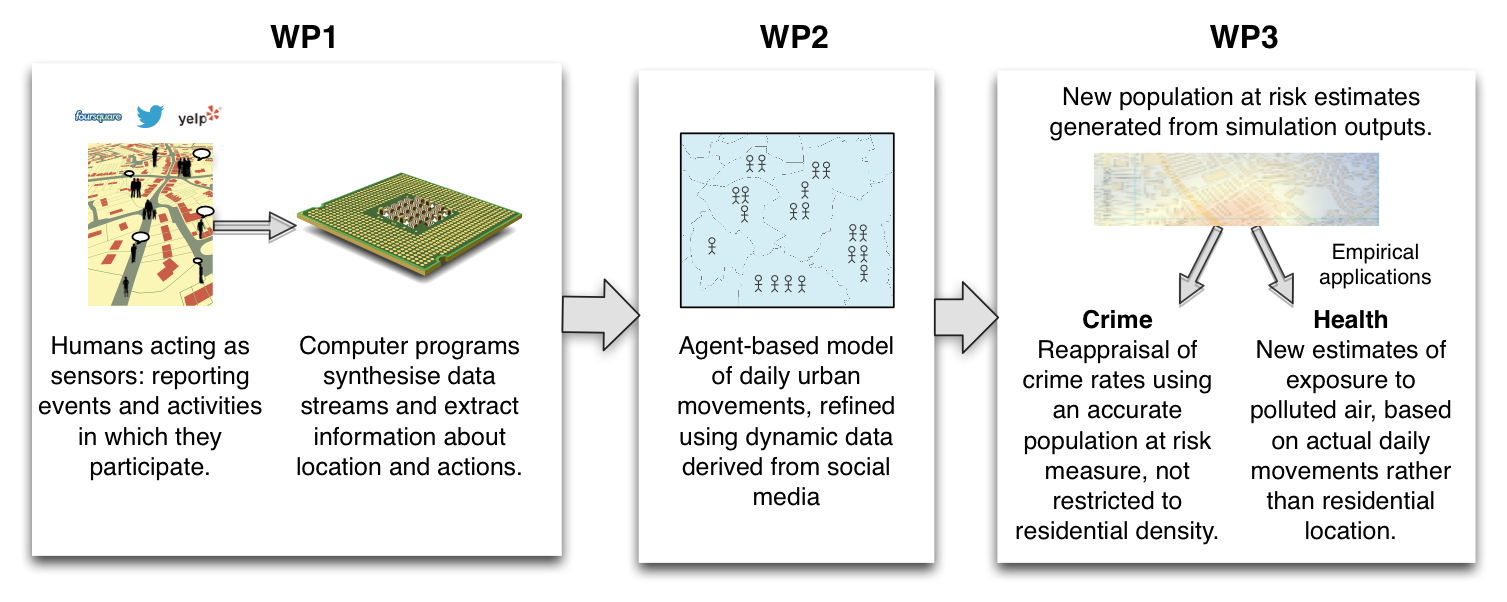
surf ABM

Simulate daily urban dynamics
Shopping, commuting, education, etc.
Better understand daily urban mobility patterns
(Exploring the use of Improbable's SpatialOS)
http://surf.leeds.ac.uk/announce/2015/12/10/ImprobableSim.html
Dynamic Data Assimilation
Incorporate data into models dynamically (c.f. meteorology models)
Preliminary example using an Ensemble Kalman Filter (EnKF)
Novel for ABM

Work with SENSEable

Broad aim of research: Use dynamic data to calibrate a city-wide activity model
Simple case study: Breeze model
Activity patterns have broad regularities, but vary with (e.g.) seasonal trends
Build a model of traditional commuting behaviour (to MIT campus?)
Calibrate the model using Breeze traces.
That should help to account for long-term trends
Ultimately try to answer: where is someone when their app is off?
... or something else ??
CDR data
Broader patterns in human mobility
...
Last slide - LIDA and the CDRC

Leeds Institute for Data Analytics (LIDA)
Consumer Data Research Centre (CDRC)
Multi-million £ investments from Leeds and UK research councils
Collaborative space for big data analytics
Attract expertise from medicine/health, computer science, geography, mathematics, business ...